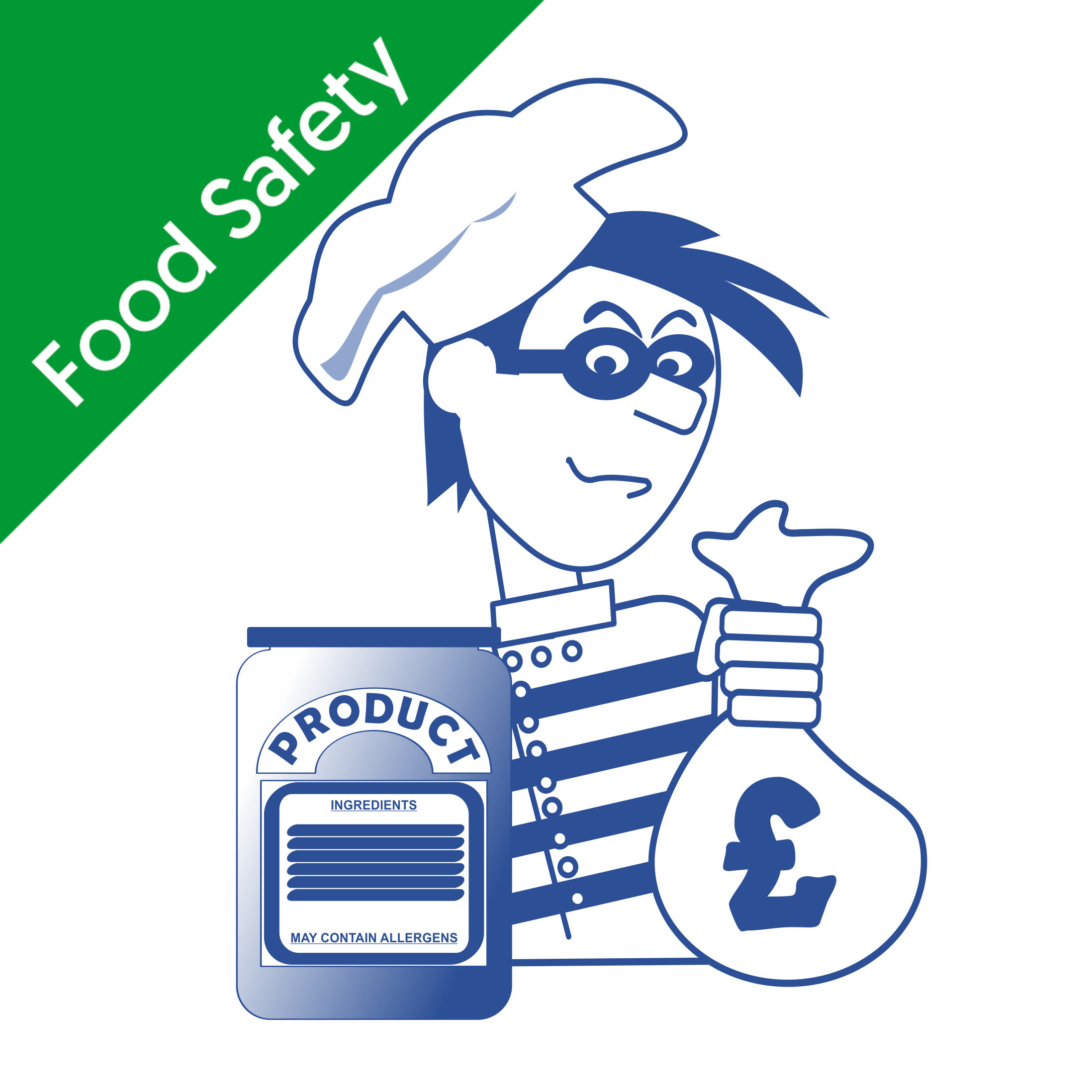Shipping food by post is a great way to grow a food business and increase its customer base. While this used to be a difficult task, most postal and courier services can now domestically or internationally ship items in a matter of days, allowing food to arrive and be consumed before it can spoil.
However, food must always be shipped correctly to ensure that it is still safe to eat once it arrives at its destination. In this article, we will look at whether food can be sent by post, and provide some advice on how to do so safely.
See our food safety guide for a full breakdown.
Can you send food in the post?
Yes, most foods can be sent by post. However, food safety legislation requires that all food must be safe to eat when it is delivered to a customer, meaning that the delivery process should be considered in a business' food safety management system and HACCP (Hazard Analysis and Critical Control Points) plan.
Which foods can you post?
Most foods that are non-perishable can be sent by post as normal. While many perishable foods (such as fresh fruit or foods that require refrigeration) can also be sent by post, they are subject to stricter requirements.
When posting perishable foods, the first thing to do is to check that the postal or courier service is willing to deliver them - some providers have placed all perishable items on their prohibited items list, meaning that they will not deliver them.
If a provider is willing to send a perishable item, the next thing to check is whether there are any restrictions that apply. For example, Royal Mail will post perishable items, but only if:
- They are posted by 1st Class as the minimum service.
- They are packaged appropriately, and are able to withstand a journey of up to 48 hours.
- Any cooling requirements are fulfilled using suitable packaging, such as cold packs or gel packs, as Royal Mail do not allow any items to be shipped with dry ice or frozen water inside.
- They are suitably sealed to prevent leaks that could damage other items.
- They are packed in a strong corrugated cardboard box or a purpose-designed polystyrene pack.
- The sender's name and return address are clearly visible on the outer packaging.
- The packages are clearly labelled 'PERISHABLE'.
What are perishable foods?
There are certain types of food on which bacteria can grow very quickly, which causes it to spoil and become unsafe to eat. These foods are known as perishable foods, and include:
- Meat, poultry and fish.
- Fresh fruit and vegetables.
- Milk, cream and cheese.
- Meat gravies and sauces.
When posting perishable foods that need to be chilled or frozen, it is important to consider how long delivery will take, and the weather conditions it will remain in. For example, a package may be left in a delivery office for a few days if it is not sent using a next-day service, or it may be left on a doorstep in broad daylight, which will cause it to warm quickly if not packaged correctly.
What are non-perishable foods?
Bacteria cannot grow quickly on foods that are dry, or contain high quantities of sugar, salt or acid. As a result, these kinds of foods are non-perishable and can usually be posted normally.
Some examples of food items that are non-perishable include:
- Pickles
- Honey
- Jams and preservatives
- Sweets
- Vinegar
- Dried pasta
Posting food containing allergens
Any food that is purchased 'at a distance' (online, over the phone, via an app, or via mail order) must legally have its allergy information displayed before the sale, and when it is delivered.
It should also have information provided alongside it detailing the allergens that it may contain. For example, if a jam is prepared on the same premises as some biscuits that contain peanuts, the jam should state that it 'may contain peanuts'.
HACCP and food delivery
A food business is responsible for ensuring that its food is safe to eat, even if they are shipping it. As a result, food delivery should be considered as part of their food safety management/HACCP plan.
The risk that food delivery poses will vary depending on the nature of the business. For example, a business that posts food hampers containing non-perishable items will need to take fewer precautions than one that ships perishable foods such as fruit or vegetables.
This means that the steps that must be included in a food safety management plan will vary significantly between businesses. However, all businesses that are shipping food must consider how and when the item is packaged. For example, a business may need to package an item in a temperature controlled box a short time after it has been produced to prevent bacterial growth, or they may need to use packing peanuts and bubble wrap to prevent an item's packaging from breaking.
At Commodious, we offer several food hygiene courses that can be used to ensure that your business produces safe food. Some of our bestsellers can be explored below:








